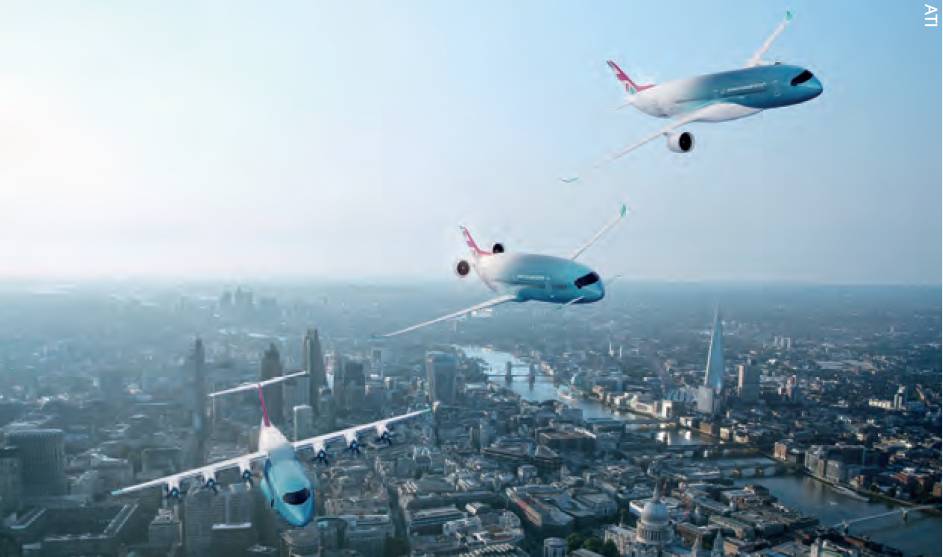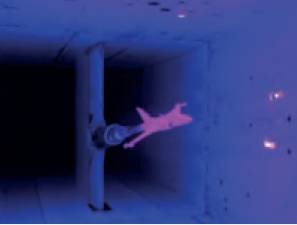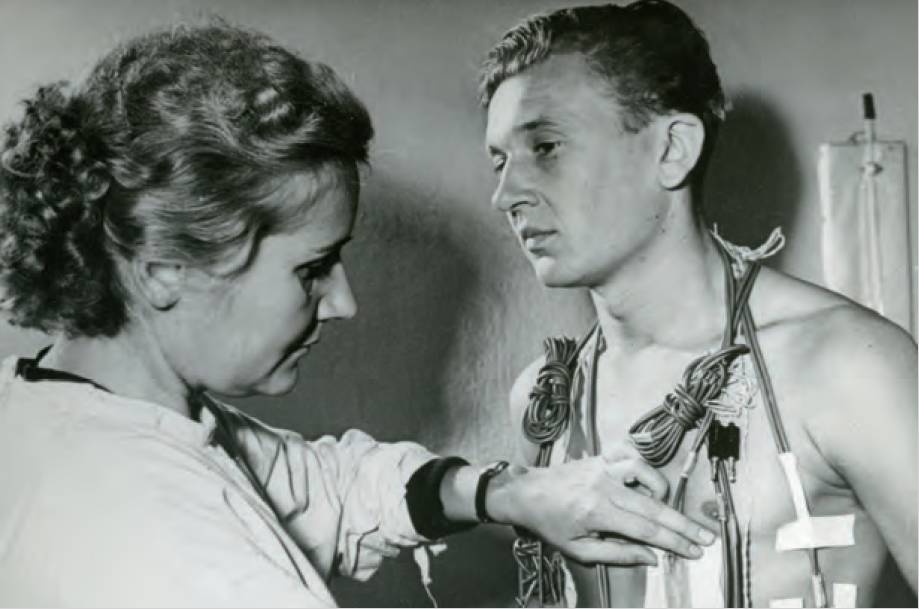Transmission
@aerosociety | www.aerosociety.com | LinkedIn | Facebook
@JRicardoBraz [On the Insight Blog – Downfall, the Case Against Boeing – Reviewed(2)] The documentary did not aim to analyse the accidents themselves. The idea was to start from the accidents to go back in time and analyse Boeing’s conduct. Even if there was no accident with the MAX, all of Boeing’s omissions and negligence could not be ignored.
@Riaz_Sc Commercial interests will always overshadow regulatory oversight somehow or other.
@InnerMetronome Lessons? Don’t assign only one AOA sensor to a computer! And don’t leave the controls to just the computer!
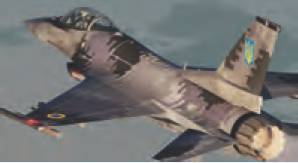 @holy_sick On the Insight Blog ‘Ukraine – time to fast-track front-line fighter pilot training?(4) ] Western-made aircraft are a long-term solution. Now they need MiGs or Sukhois, as their whole air force is built around them. Maintenance,
@holy_sick On the Insight Blog ‘Ukraine – time to fast-track front-line fighter pilot training?(4) ] Western-made aircraft are a long-term solution. Now they need MiGs or Sukhois, as their whole air force is built around them. Maintenance,
@Autopilotuser Nevertheless, I think it is now the time to start training for Western types. The war will not be gone in the next 12 months.
@Atamansikka Support is the issue. It’s not just the airplane. It’s a whole system that needs to be in place. But the process should be started and Ukrainians trained to take top-notch Western aircraft.
@GuyG_Boffin [On ‘Inspiration Nation’ in the May 2022 issue of AEROSPACE (3) ] Hmm, best of luck to them, but the Europa, Beagle Pup, Bulldog, Escapade/ Scout, Condor, Auster, adoption of the Skyranger, T600, and a few others don’t suggest to me a complete national failure since WW2 to build decent light aeroplanes. Fault more with business models?
@arrowfoil Perhaps marketing isn’t helped by ‘traditional British reserve’? Your list doesn’t include Swift, who designed the newest Europa product (originally as a fully-built aircraft), maybe because of a reluctance to fully promote their ‘Chubby Little Spitfire’?
@dtieic Inspired seems to have some good ideas, however. There needs to be a push towards ease of operation, such as highway-in-the-sky displays and Garmin-like auto-recovery, and I believe that net zero will be increasingly important. Also, down with rudder pedals.
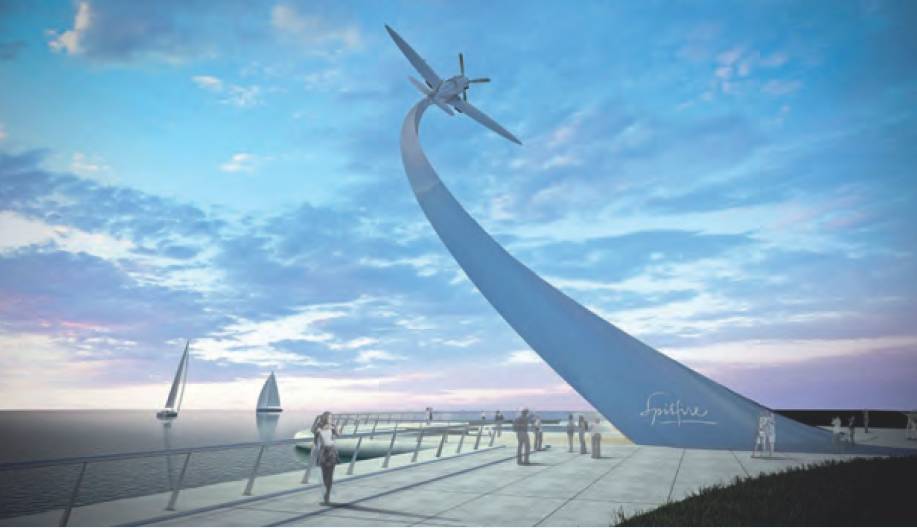 National Spitfire Project
National Spitfire Project
The National Spitfire Project (1) has been launched to build a new, national monument, commemorating the iconic aircraft.
The stainless steel Spitfire, one and a half times the size of the original aircraft, will appear to be rising up from its birthplace, taking flight over Southampton Water atop of 131ft tall swooping plinth, designed to resemble a vapour trail.
At the heart of the plinth, visitors will see a Merlin engine under reinforced glass, surrounded by roundels depicting the 30 allied air forces that flew the Spitfire during its service career and emblems to represent cities and towns involved in construction, delivery and maintenance. Royston Smith GM MP, one of the Trustees of the project, said: “The iconic Spitfire was instrumental in defending our country during the war. We are proud to call Southampton the home of the Spitfire and I am grateful to the government for trusting us to deliver this project and for supporting it by match funding donations with £3m from Treasury.” Construction of the monument is set to be completed by June 2024.
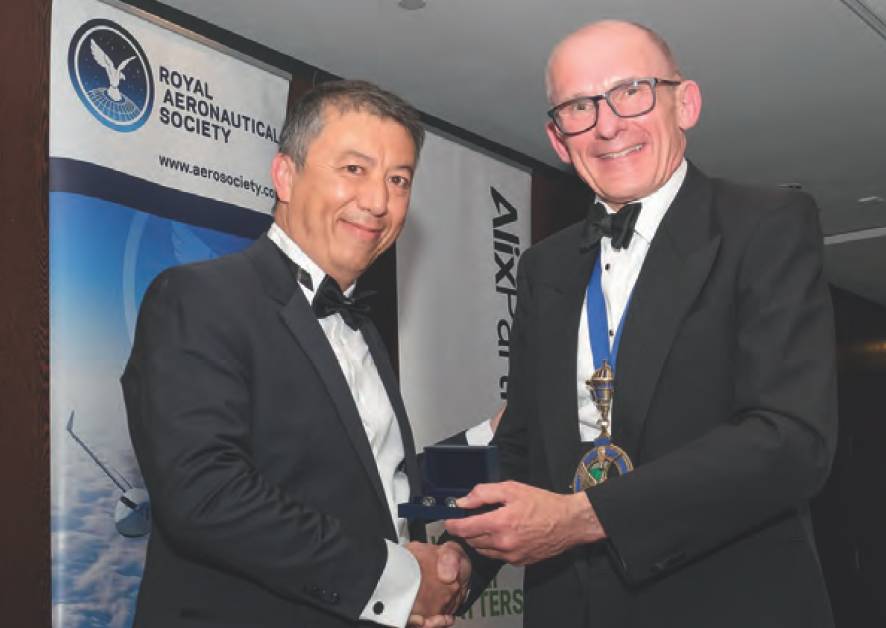 via Patrick Ky/EASA
via Patrick Ky/EASA
Patrick Ky, Executive Director of the European Aviation Safety Association (EASA) was guest of honour at the 2022 Royal Aeronautical Society Gala Dinner on 5 May. Ky gave an entertaining and enlightening speech and later posted the above image with new RAeS President Peter Round FRAeS on Twitter, saying: “Very pleased and proud to be the guest of honour at the @AeroSociety annual banquet in London yesterday evening – PKY.”

